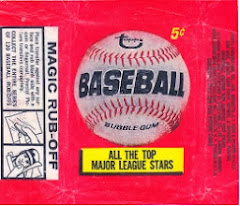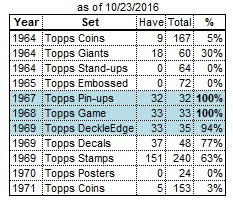He spent 7 seasons in the Phillies farm system (1945-51) with only 1 appearance in Philadelphia in September 1950. In 1952, Steve joined the Phillies as a reliever and spot starter, a role that he would maintain for 3 full seasons.
.jpg)
.jpg)
In late-April 1955, Ridzik and catcher Smoky Burgess were traded to the Reds for catcher Andy Seminick and 2 other players. He only made 13 appearances in Cincinnati, along with 15 appearances for triple-A San Diego.
After the 1955 season, he was purchased by the Seattle team in the Pacific Coast League, but a month later the New York Giants selected him in the rule 5 draft. He appeared in 56 games with the Giants during 1956-57 (mostly in relief), and another 21 games with the Giants' triple-A team in Minneapolis during 1957.
Steve's travel plans kicked into high gear after 1957, as he switched teams every year for awhile. He was purchased by the Indians in April 1958, but spent most of the season in the minors. The Cubs purchased him in May 1959, but he spent the entire season in triple-A.
In April 1960, Toronto (International League) purchased him from the Cubs. He spent 4 seasons (1960-63) with triple-A Toronto, before resurfacing in the majors with the Senators in 1963. He also played with the Senators fulltime in 1964 and 1965.
Prior to the 1966 season, he returned to the Phillies, and appeared in 2 games for them, the last on May 10th. He spent the remainder of the 1966 season with the Phillies' triple-A San Diego team.
.jpg)
.jpg)
.jpg)
.jpg)
.jpg)
.jpg)
.jpg)
.jpg)
.jpg)
.jpg)
.jpg)
.jpg)
.jpg)
.jpg)
.jpg)
.jpg)




.jpg)
.jpg)
















